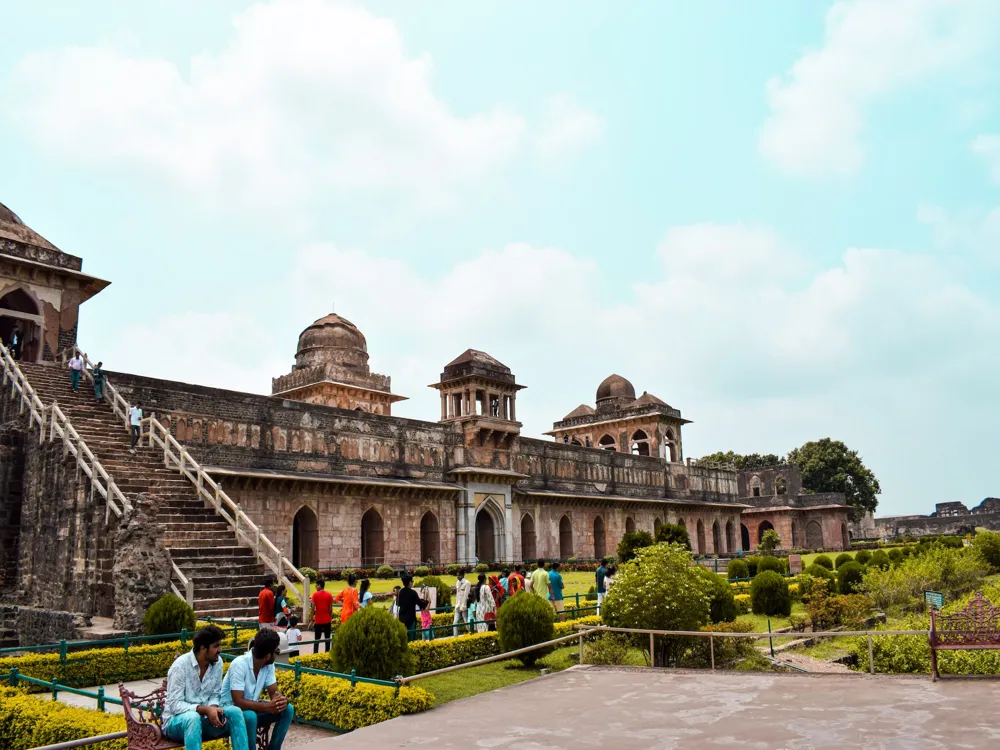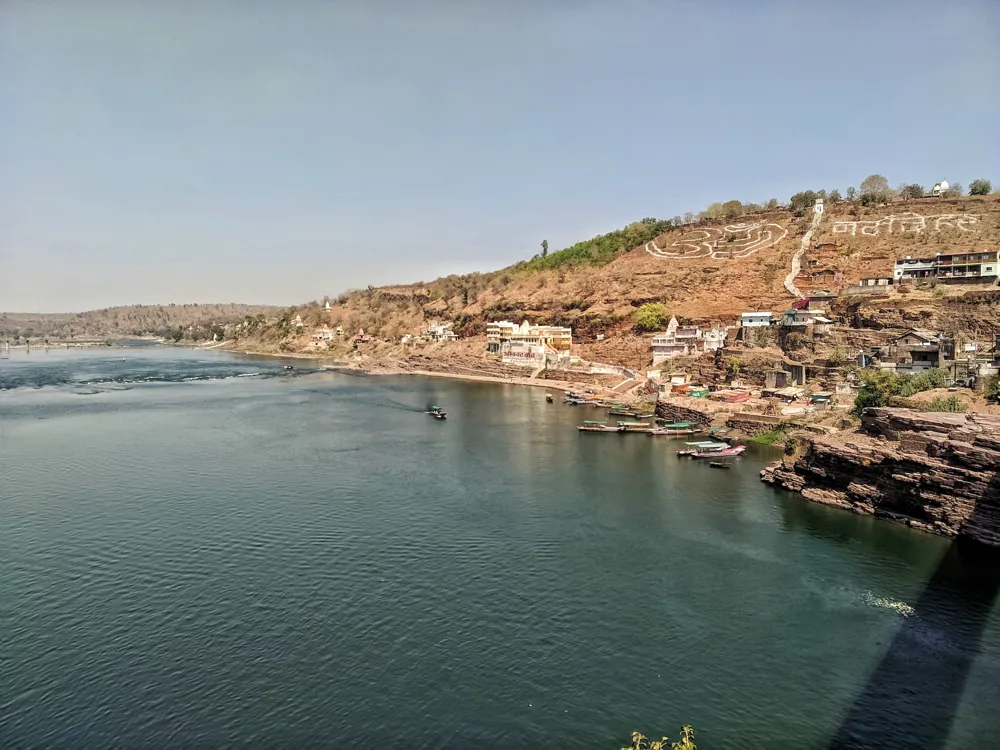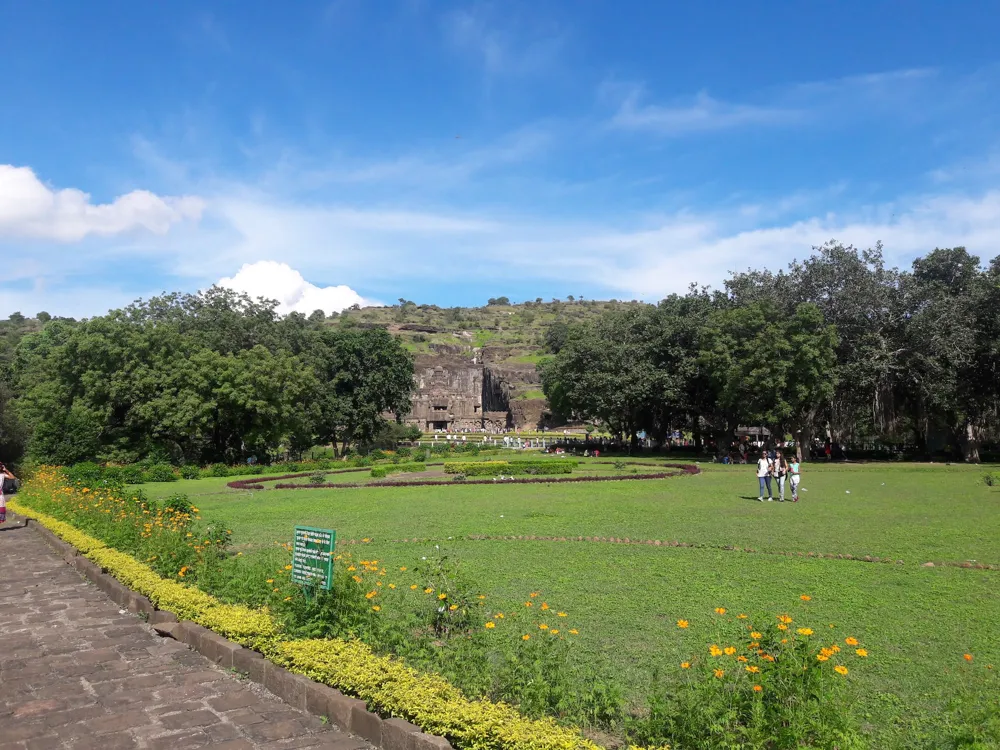Annapurna Temple, located in the bustling city of Indore, Madhya Pradesh, stands as a magnificent testament to the rich cultural and spiritual heritage of India. Dedicated to the goddess Annapurna, the deity of food and nourishment, this temple is not just a place of worship but a marvel of architectural brilliance and a center of cultural congregation. The temple, named after the goddess who is believed to be the giver of food and nourishment, attracts thousands of devotees and tourists from across the globe, making it a must-visit destination in Indore. The history of Annapurna Temple dates back several centuries, deeply entwined with the lore and legends of Hindu mythology. It is said that the temple was built to honor Goddess Annapurna, who is an incarnation of Goddess Parvati, the consort of Lord Shiva. According to Hindu beliefs, Goddess Annapurna is the divine provider of food and sustenance, symbolizing the aspect of nourishment and generosity. This temple, with its serene ambiance and spiritual aura, offers a unique blend of divine experience and tranquility to its visitors. As one steps into the temple premises, they are greeted by the intricate carvings and detailed sculptures that adorn the temple walls. The temple is not just a spiritual retreat but also a place that showcases the artistry and craftsmanship of ancient Indian architecture. The grandeur of the temple speaks volumes of the skill and devotion of the artisans who built it. The temple complex also houses other deities, including Shiva, Hanuman, and Kalabhairava, making it a comprehensive spiritual site for Hindu devotees. Apart from its religious significance, Annapurna Temple is a hub for various cultural activities and festivals. The most prominent among these is the Annapurna Puja, a festival celebrated with great fervor and enthusiasm. During this festival, the temple is adorned with lights and flowers, and devotees throng the temple to offer prayers and seek blessings from Goddess Annapurna. The temple serves as a focal point for the community, bringing together people from diverse backgrounds in a shared celebration of faith and tradition. The architecture of Annapurna Temple in Indore is a splendid example of Indian temple architecture, reflecting a blend of various architectural styles. The temple's design and construction are influenced by a mix of Maratha, Mughal, and Rajput architectural styles, making it a unique landmark in the city of Indore. The temple stands tall, showcasing the intricate craftsmanship of Indian artisans and their unparalleled skills in temple architecture. The main shrine of the Annapurna Temple is built in a traditional Hindu temple style, with a towering shikhara (spire) that dominates the skyline. The shikhara is elaborately carved with figures of gods and goddesses, depicting scenes from Hindu mythology. The fine detailing and precision in these carvings are a testament to the artistic mastery of the craftsmen who worked on the temple. The temple complex features a vast courtyard surrounded by colonnades, which house various smaller shrines and deities. The use of pillars in the courtyard is reminiscent of classical Hindu temple architecture, where pillars not only provide structural support but also serve as an element of beauty and grandeur. The pillars are adorned with carvings of floral motifs, deities, and mythological creatures, adding to the aesthetic appeal of the temple. Another striking feature of the Annapurna Temple is the use of vibrant colors and intricate frescoes on its walls and ceilings. These frescoes depict various episodes from Hindu epics like the Ramayana and the Mahabharata, as well as scenes from the life of Goddess Annapurna. The use of colors brings these stories to life, creating a vivid and engaging narrative for the visitors. The temple also exhibits a harmonious blend of various architectural elements like domes, arches, and minarets, which are indicative of the influence of Mughal and Rajput styles. This synthesis of different architectural traditions showcases the pluralistic cultural fabric of India and adds to the historical significance of the temple. Overall, the architecture of Annapurna Temple is not just an embodiment of religious significance but also a monument of architectural excellence and cultural diversity. It stands as a proud symbol of India's rich heritage and continues to fascinate architects, historians, and tourists alike. Visitors should dress modestly, covering shoulders and knees, as a sign of respect in the temple premises. Check the temple timings before visiting, especially during festivals like Annapurna Puja, when the temple is particularly crowded. Photography might be restricted in certain areas of the temple. Always ask for permission or look for signs indicating photography rules. Follow the local customs such as removing shoes before entering the temple and participating in rituals with respect. Consider taking a guided tour for a more informative experience about the temple's history and architecture. Annapurna Temple, located in the heart of Indore city, is easily accessible by various means of transport. The temple is well-connected by road, and visitors can easily reach it by local buses, auto-rickshaws, or taxis. For those coming from outside Indore, the city is well connected by air, rail, and road. The nearest airport is the Devi Ahilyabai Holkar Airport, which is about 10 km away from the temple. Indore railway station, one of the major railway stations in the region, is also a convenient point for travelers coming by train. Once in Indore, local transport options like buses and cabs can be used to reach the Annapurna Temple comfortably. Read More:An Overview of Annapurna Temple, Indore
Architecture of Annapurna Temple, Indore
Tips When Visiting Annapurna Temple, Indore
Dress Appropriately
Timing and Festivals
Photography Rules
Local Etiquette
Guided Tours
How To Reach Annapurna Temple, Indore
Annapurna Temple, Indore
Indore
Madhya Pradesh
NaN onwards
View indore Packages
Weather :
Label : Must Visit
Tags : Temple
Time Required : 20 minutes
Planning a Trip? Ask Your Question
Indore Travel Packages
View All Packages For Indore
Top Hotel Collections for Indore

Private Pool

Luxury Hotels

5-Star Hotels

Pet Friendly
Top Hotels Near Indore
Other Top Ranking Places In Indore
View All Places To Visit In indore
View indore Packages
Weather :
Label : Must Visit
Tags : Temple
Time Required : 20 minutes
Planning a Trip? Ask Your Question
Indore Travel Packages
View All Packages For Indore
Top Hotel Collections for Indore

Private Pool

Luxury Hotels

5-Star Hotels

Pet Friendly
















